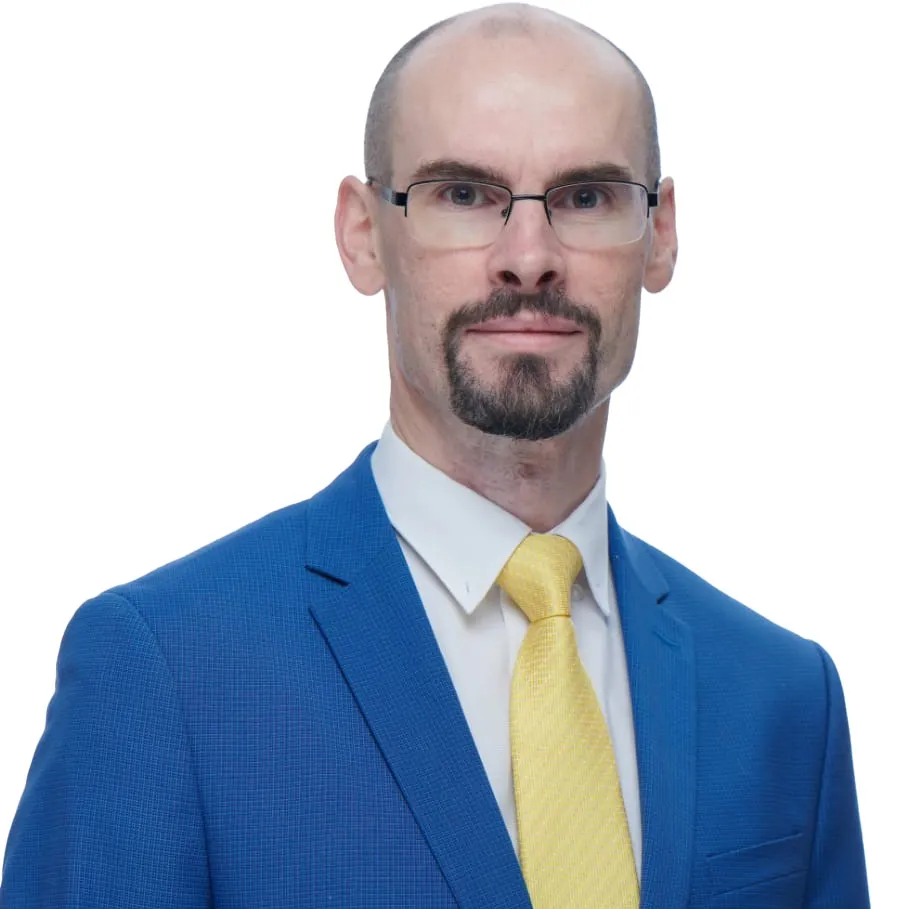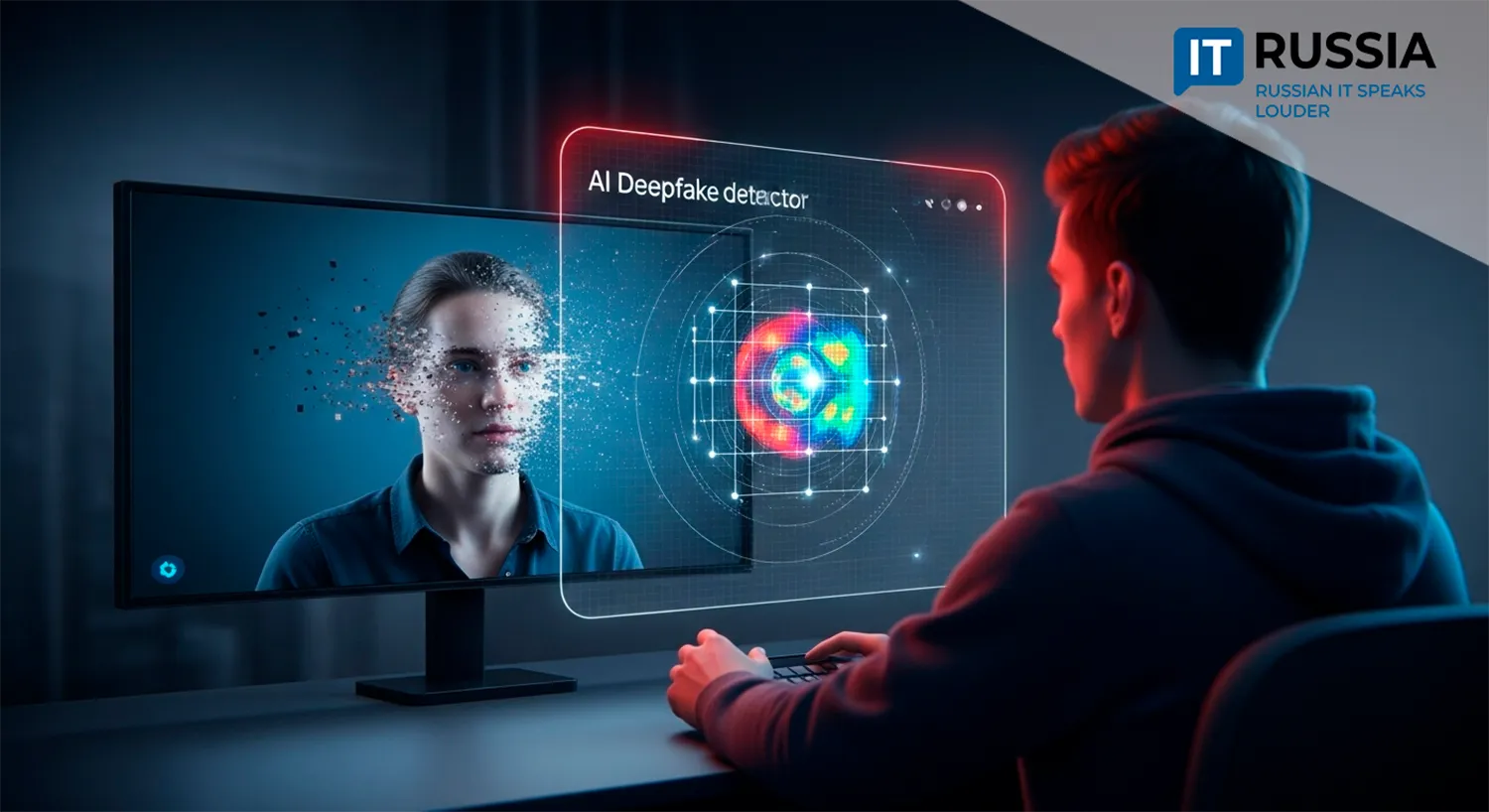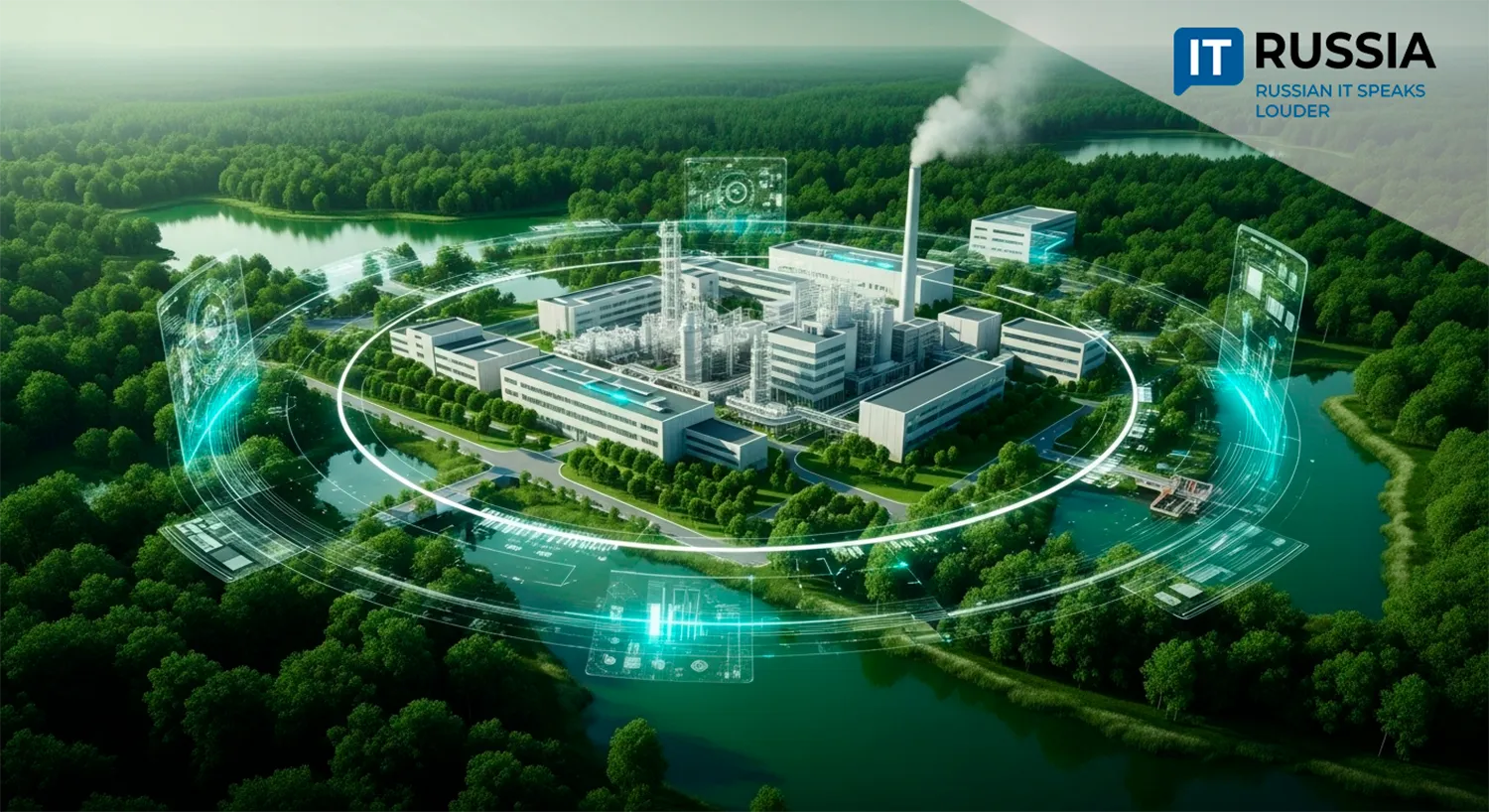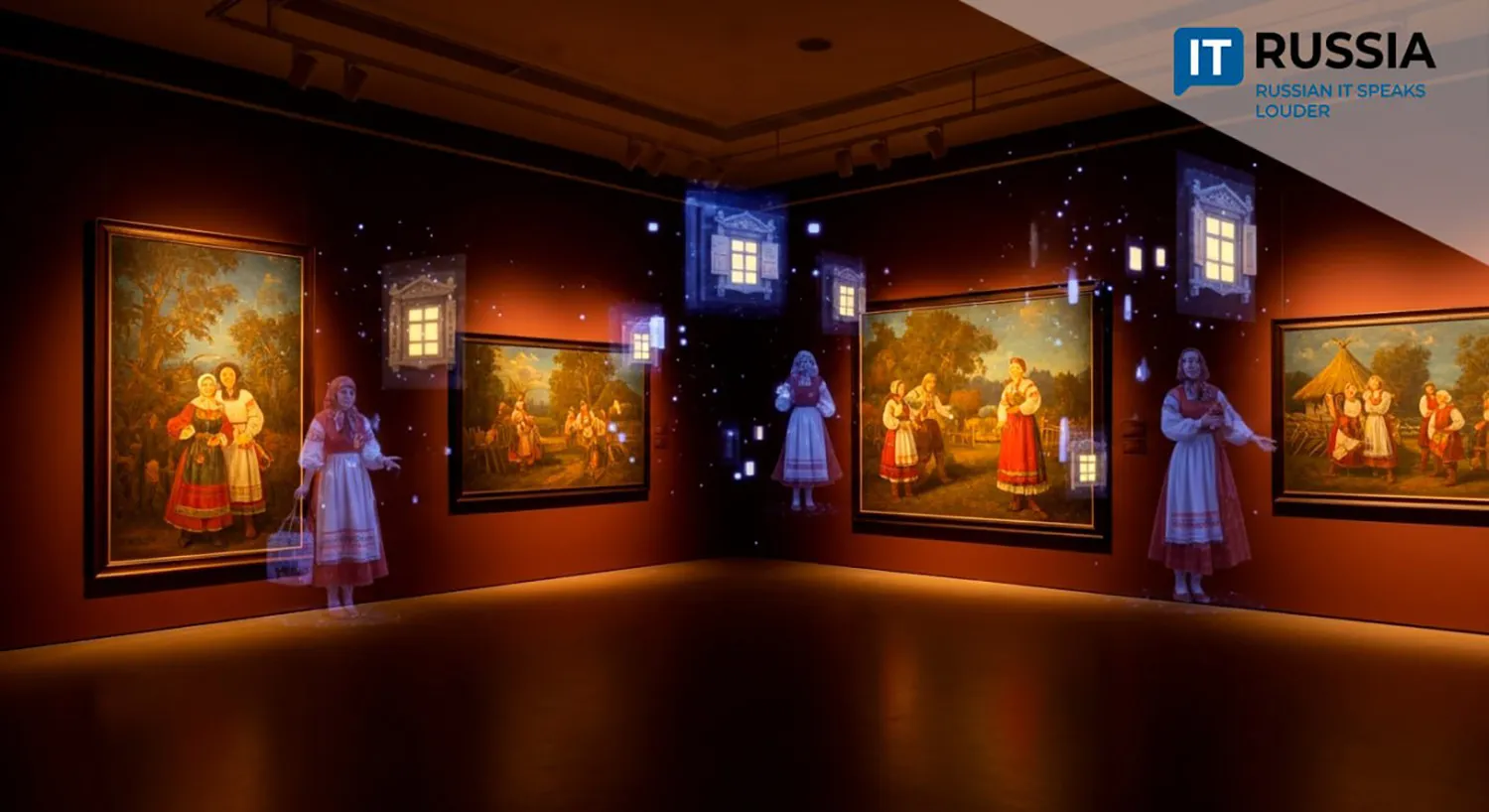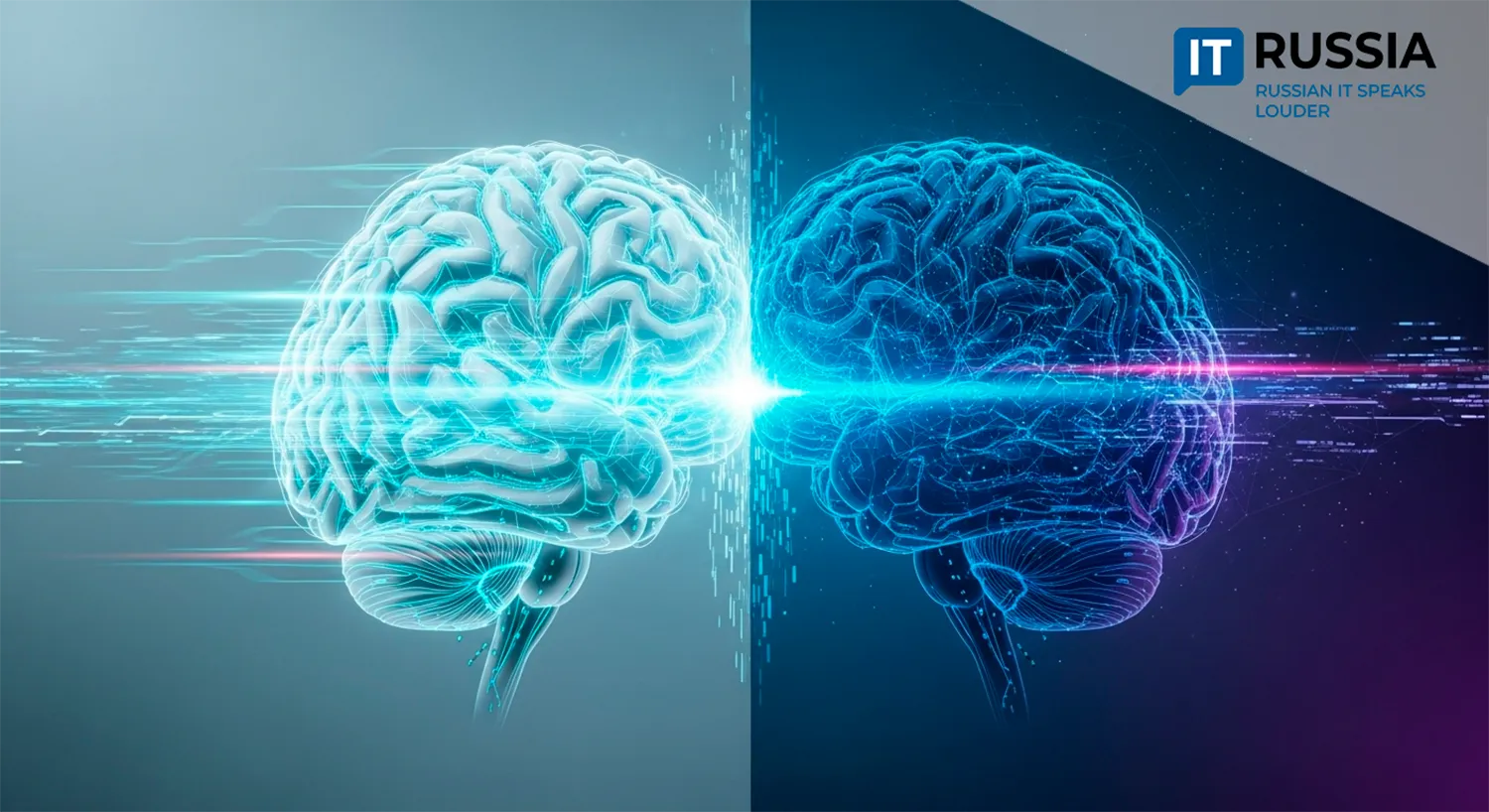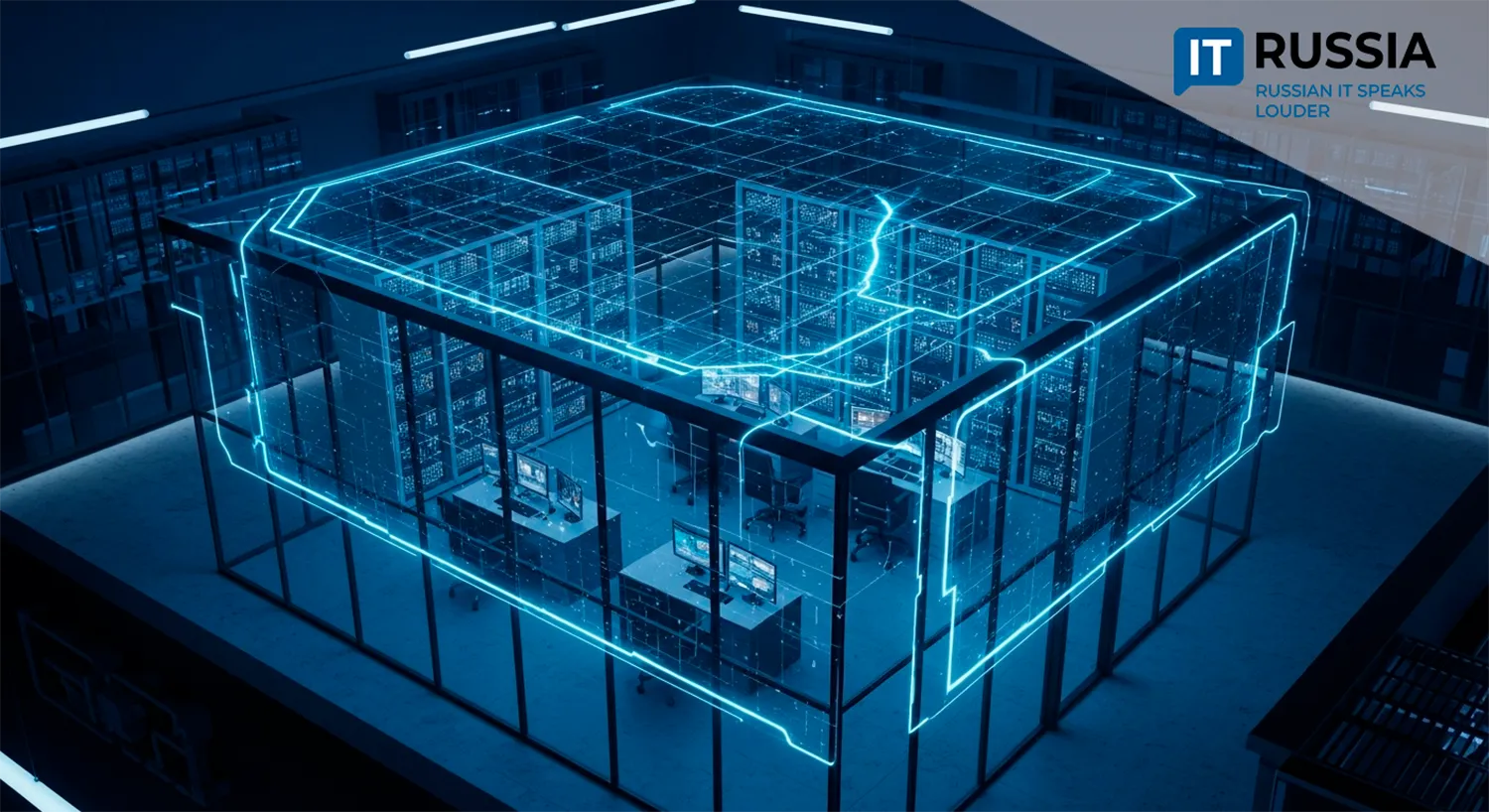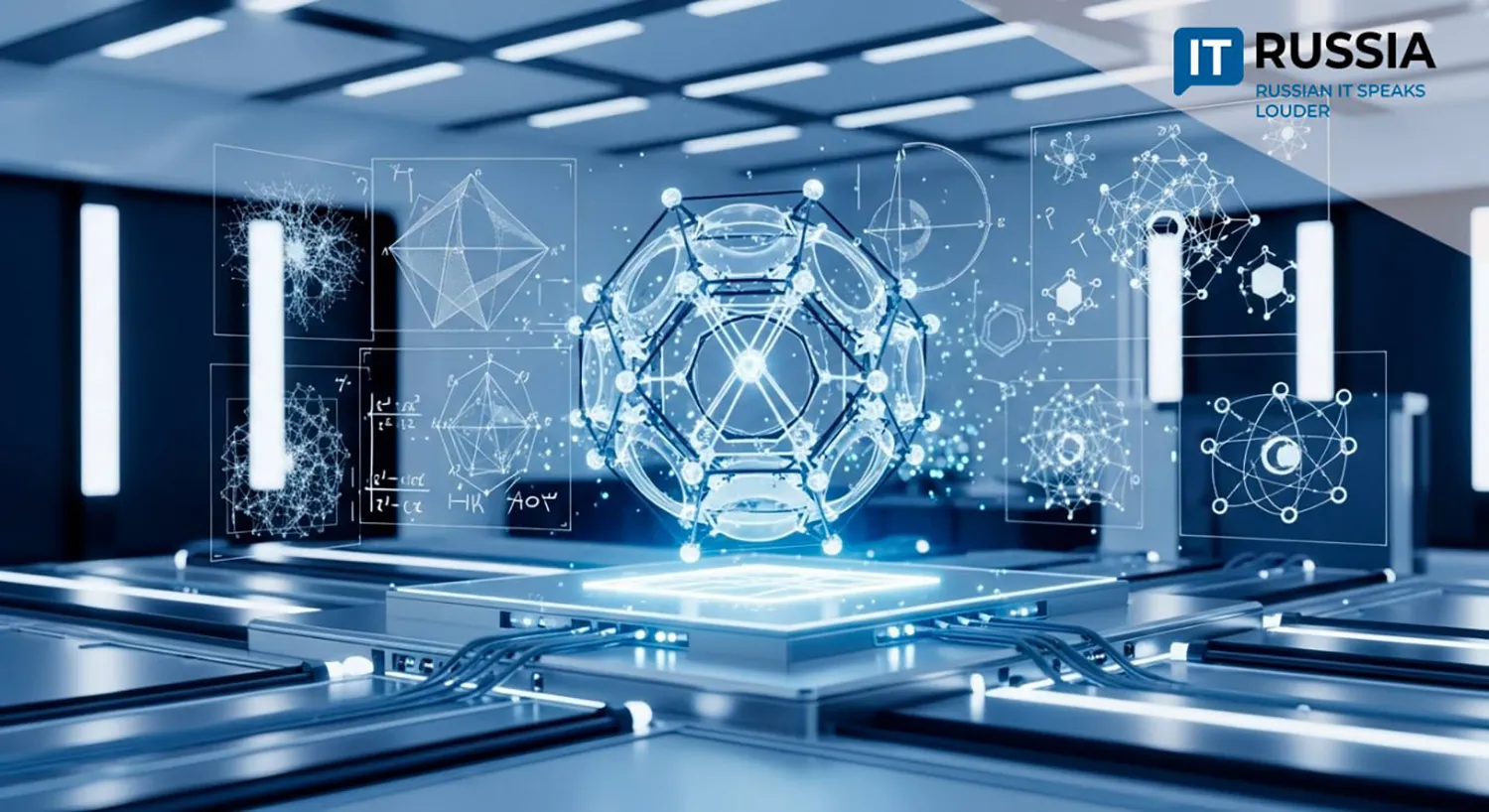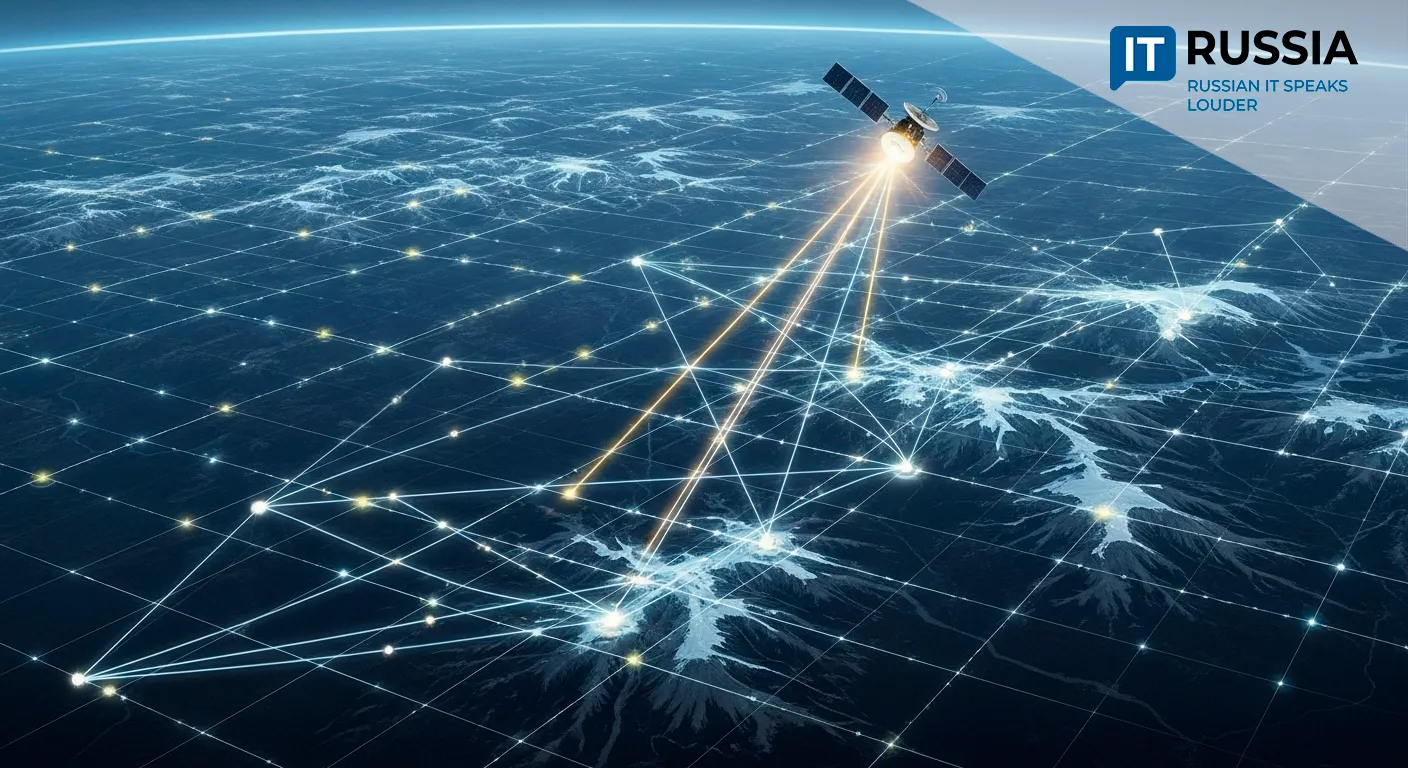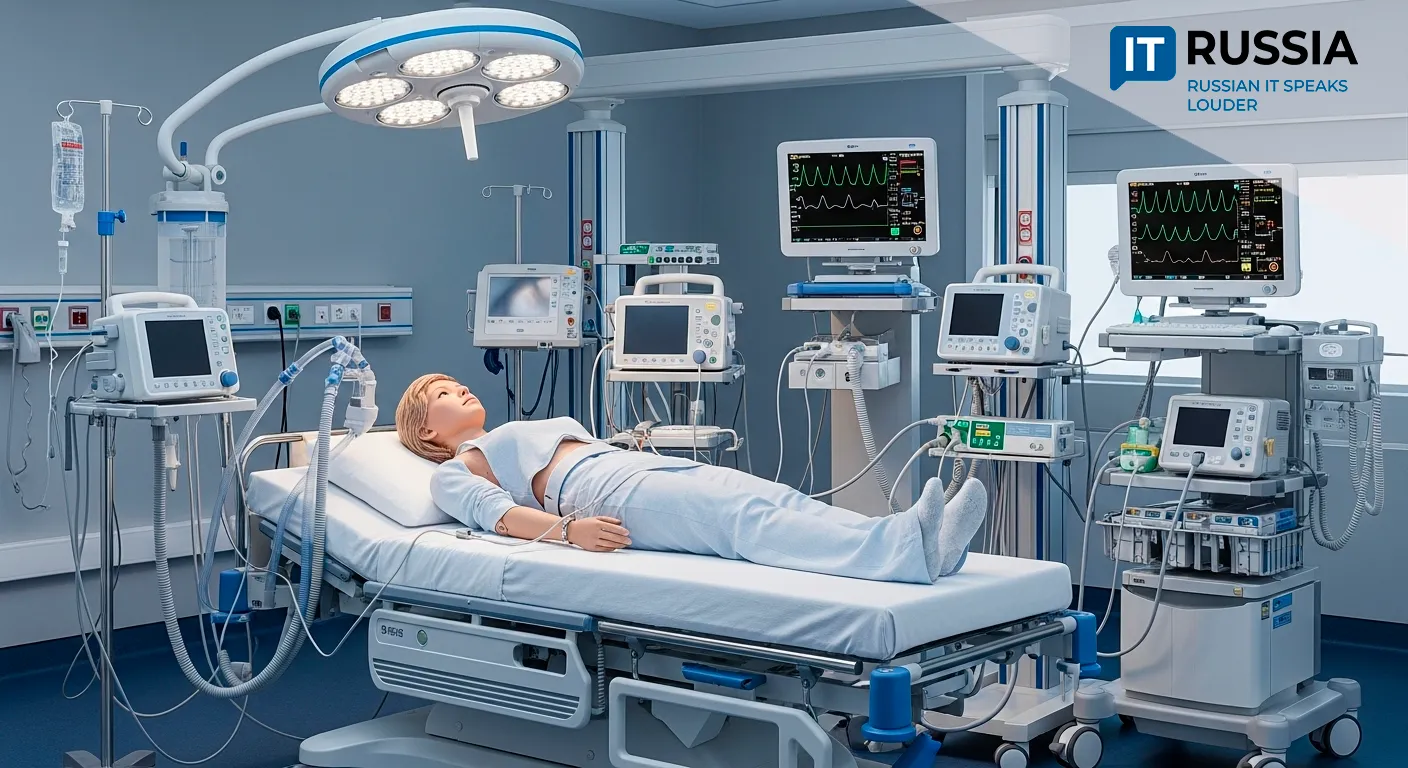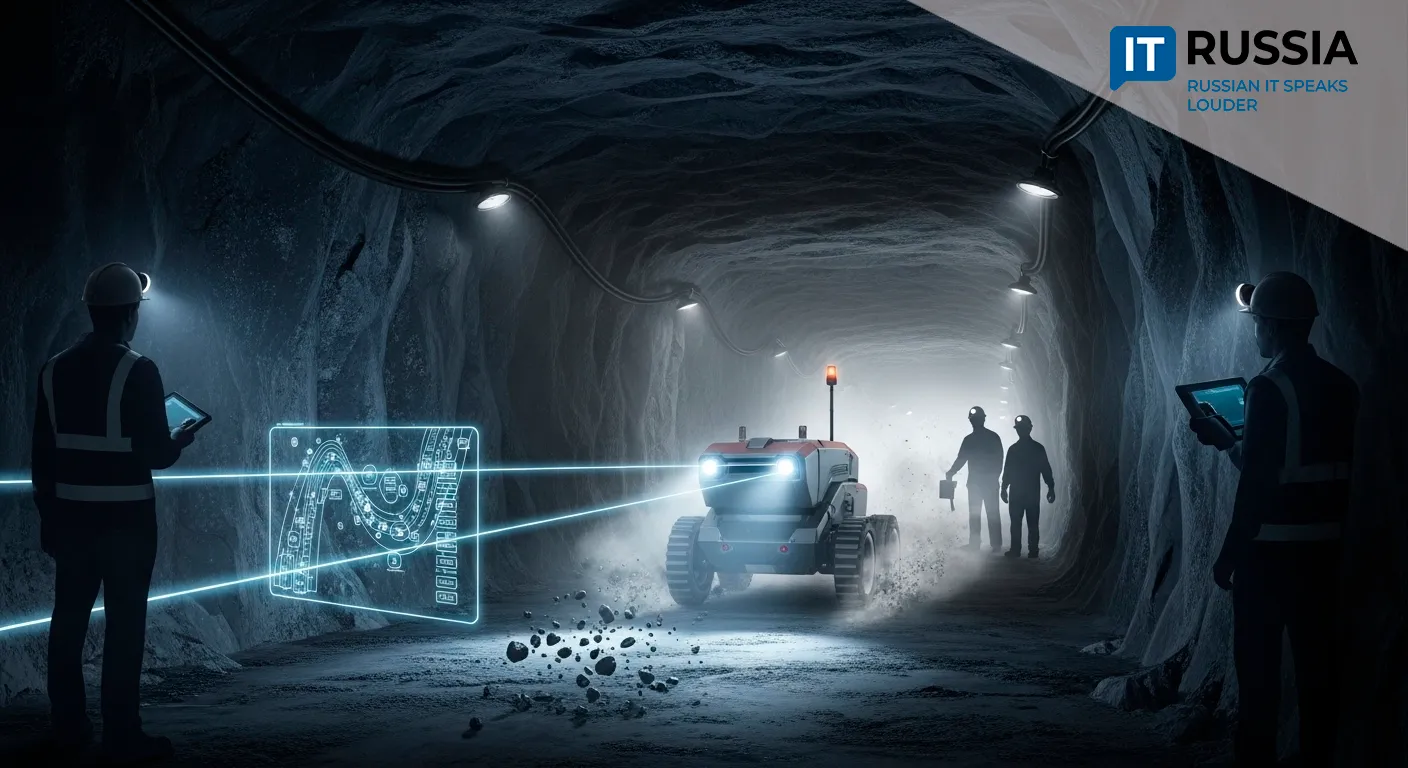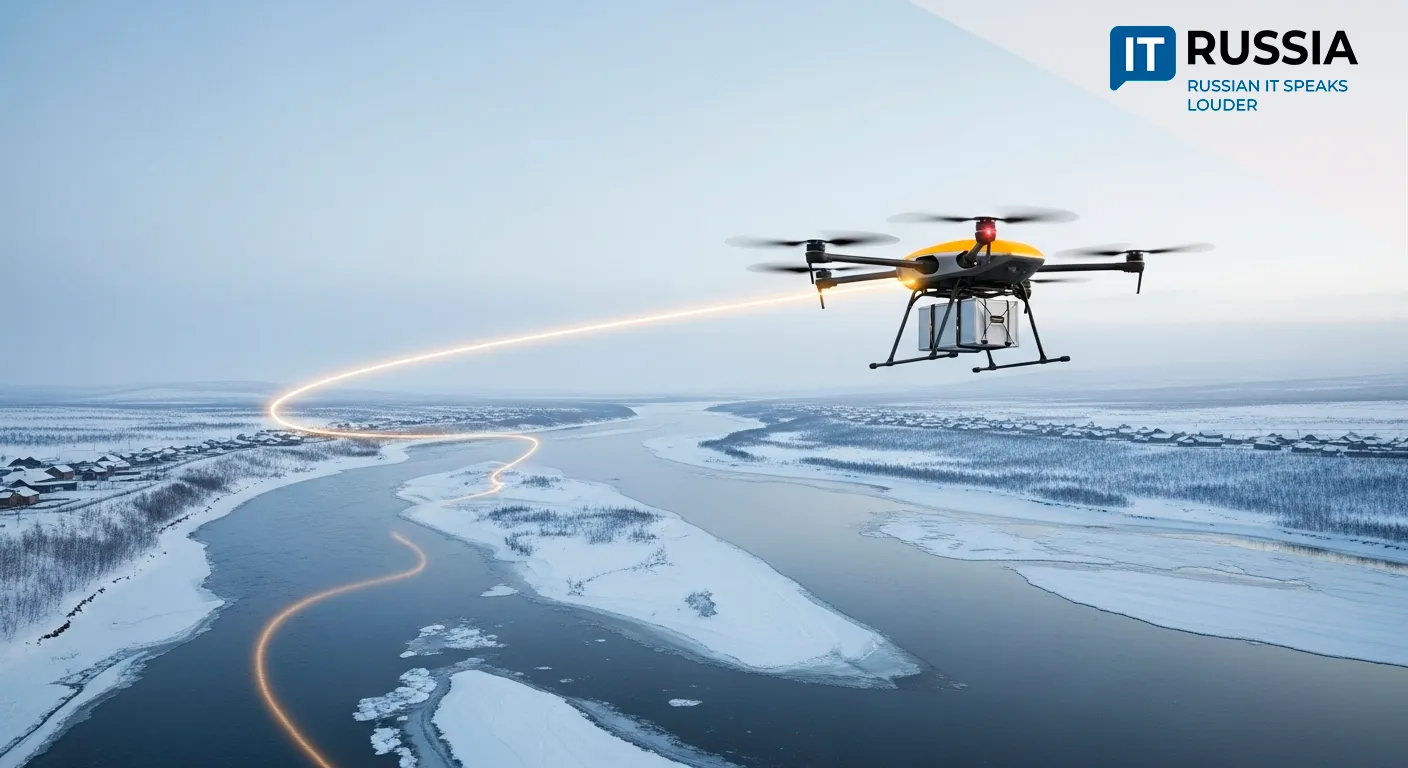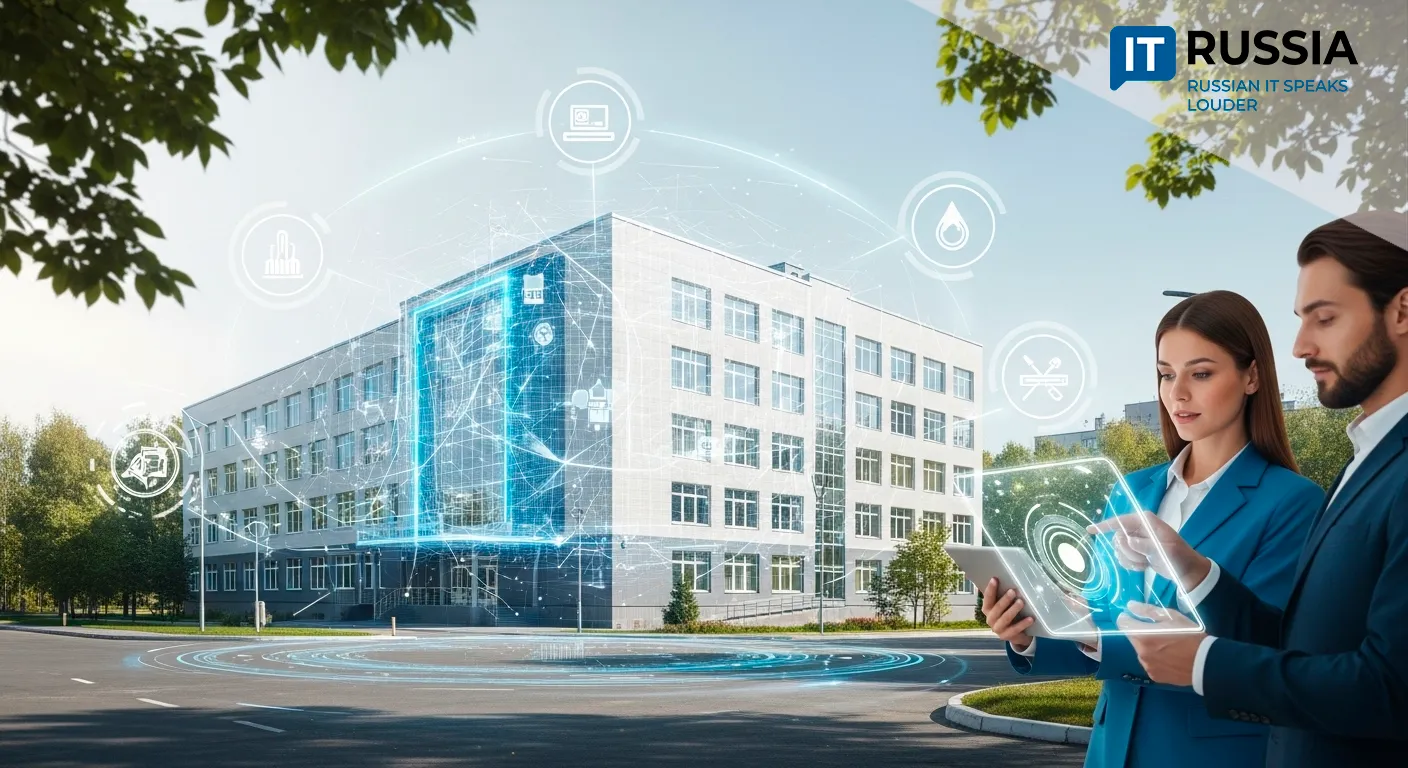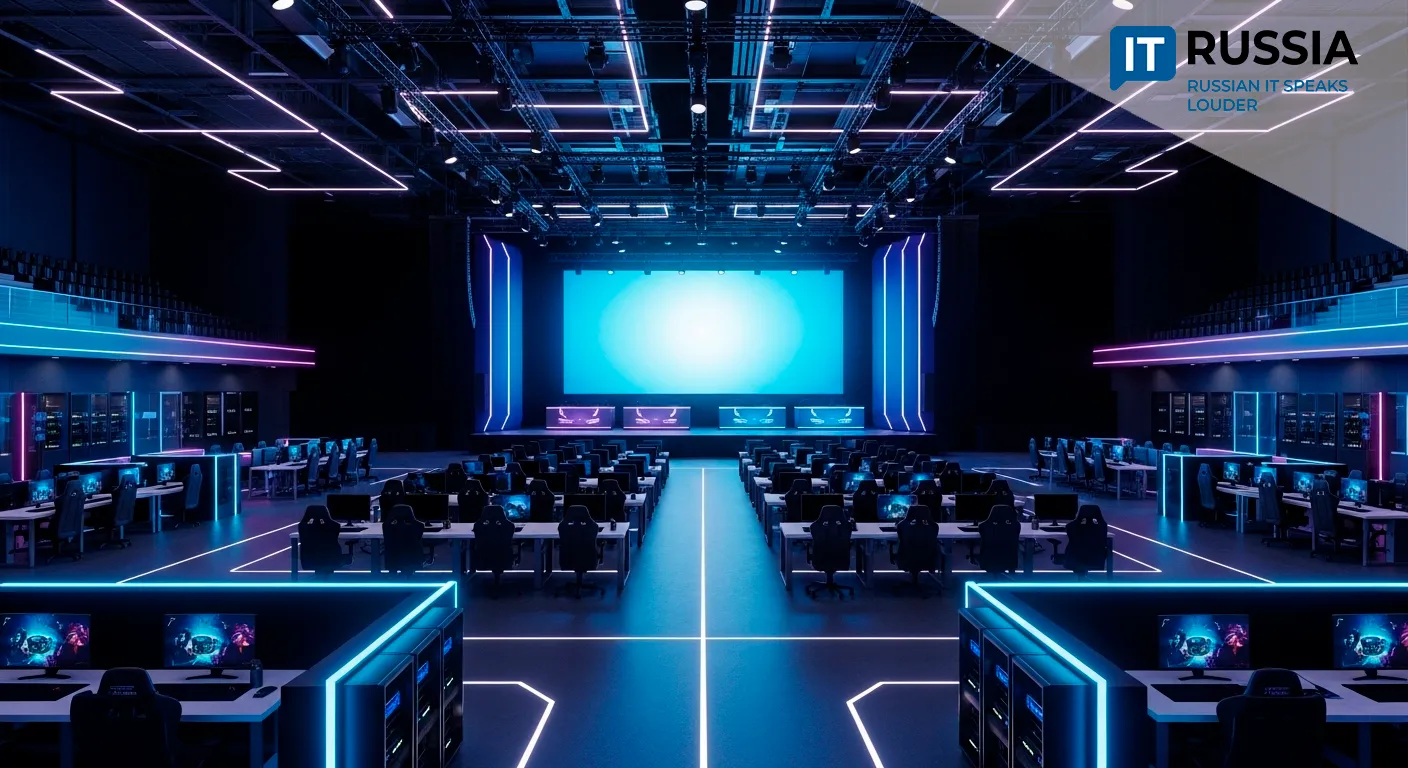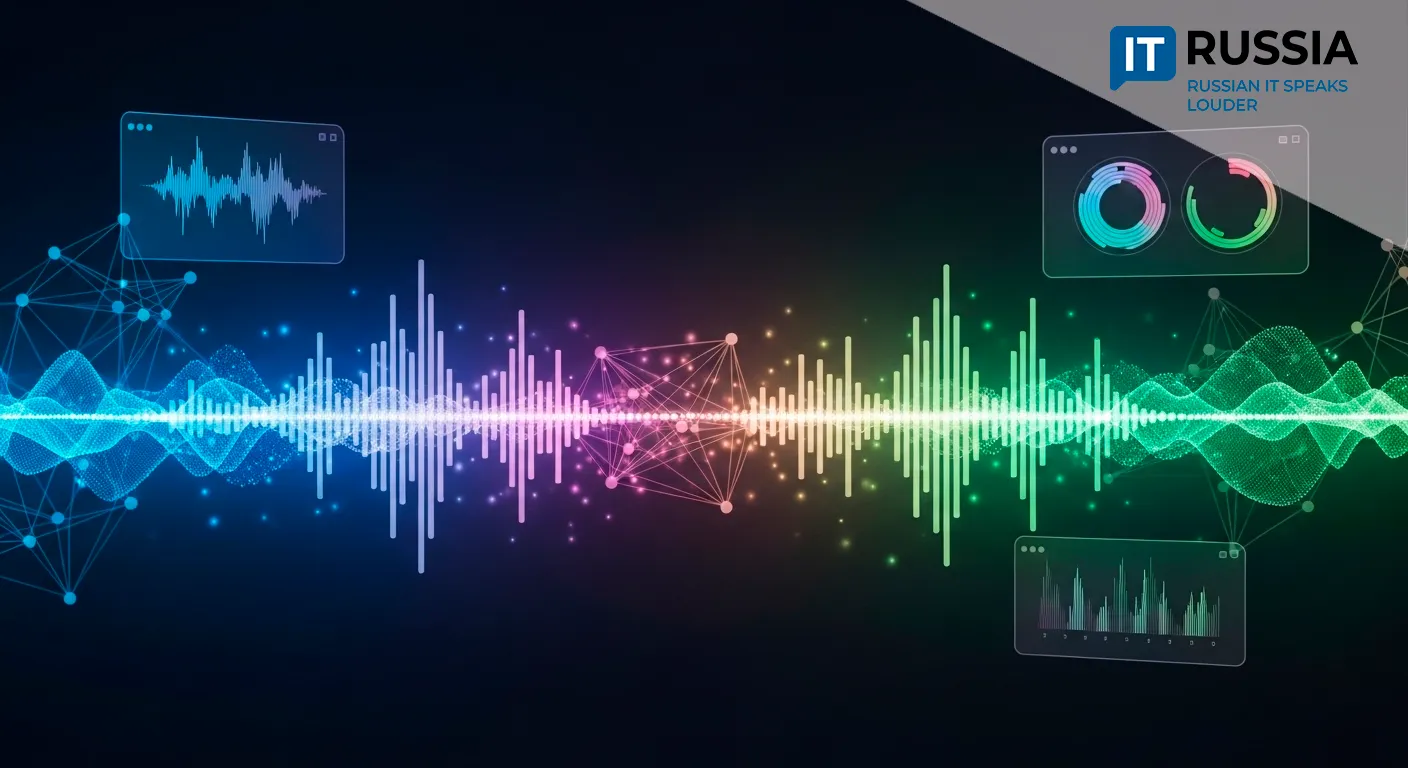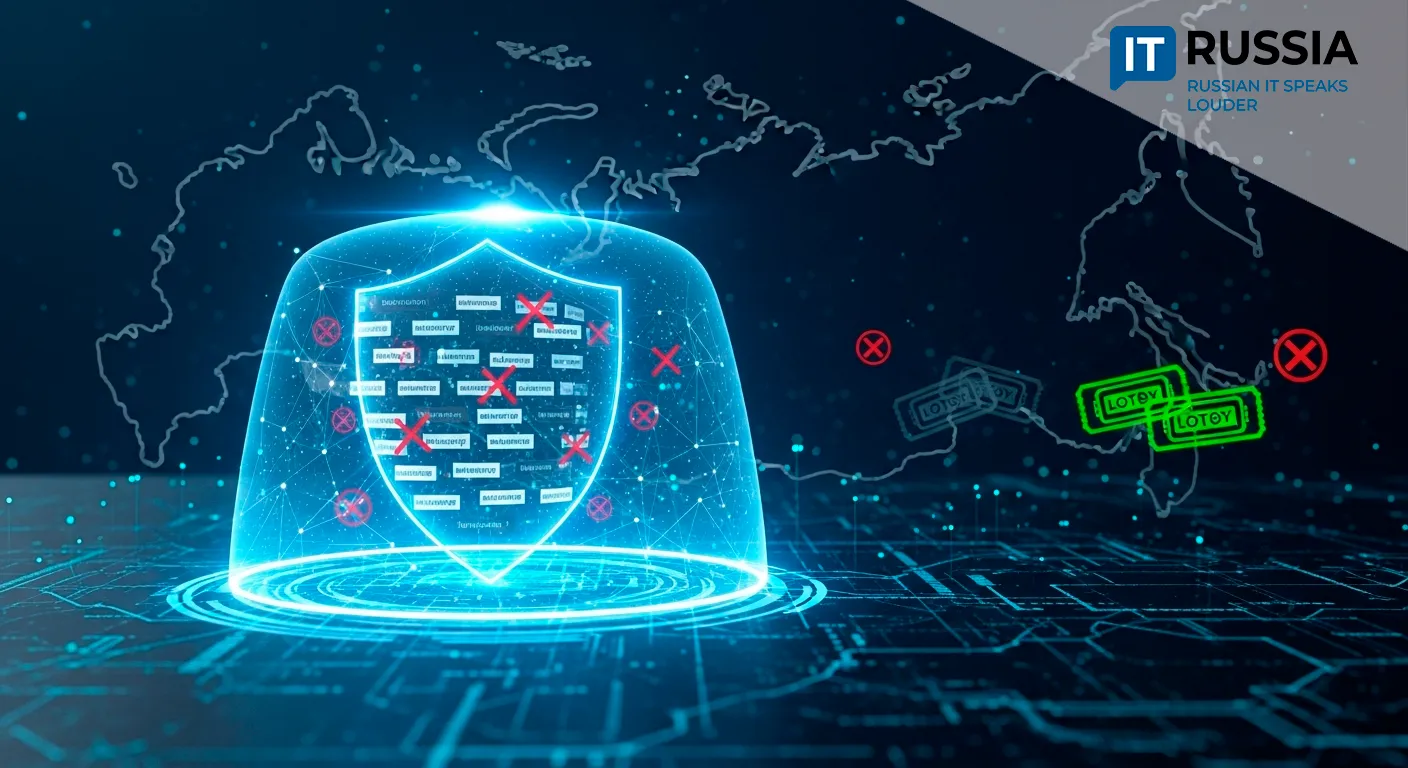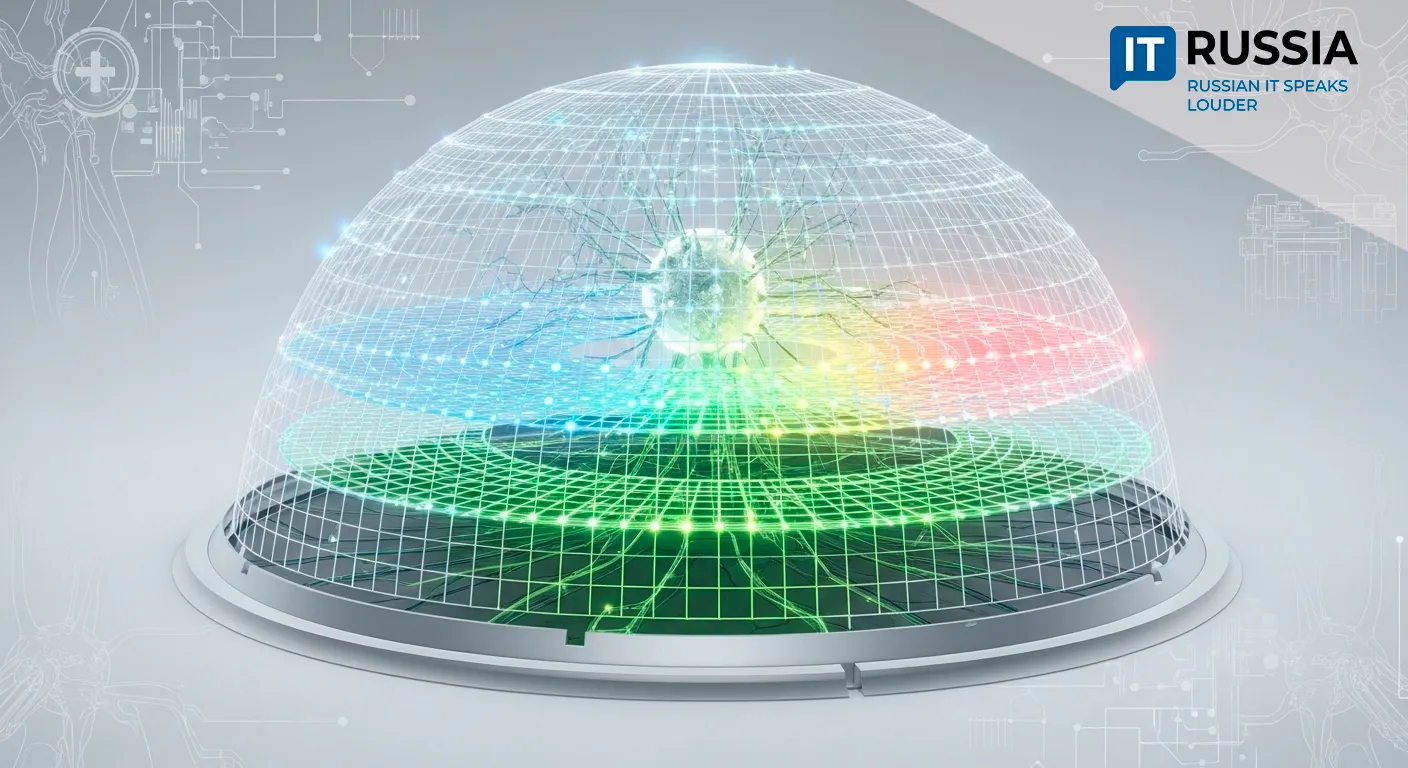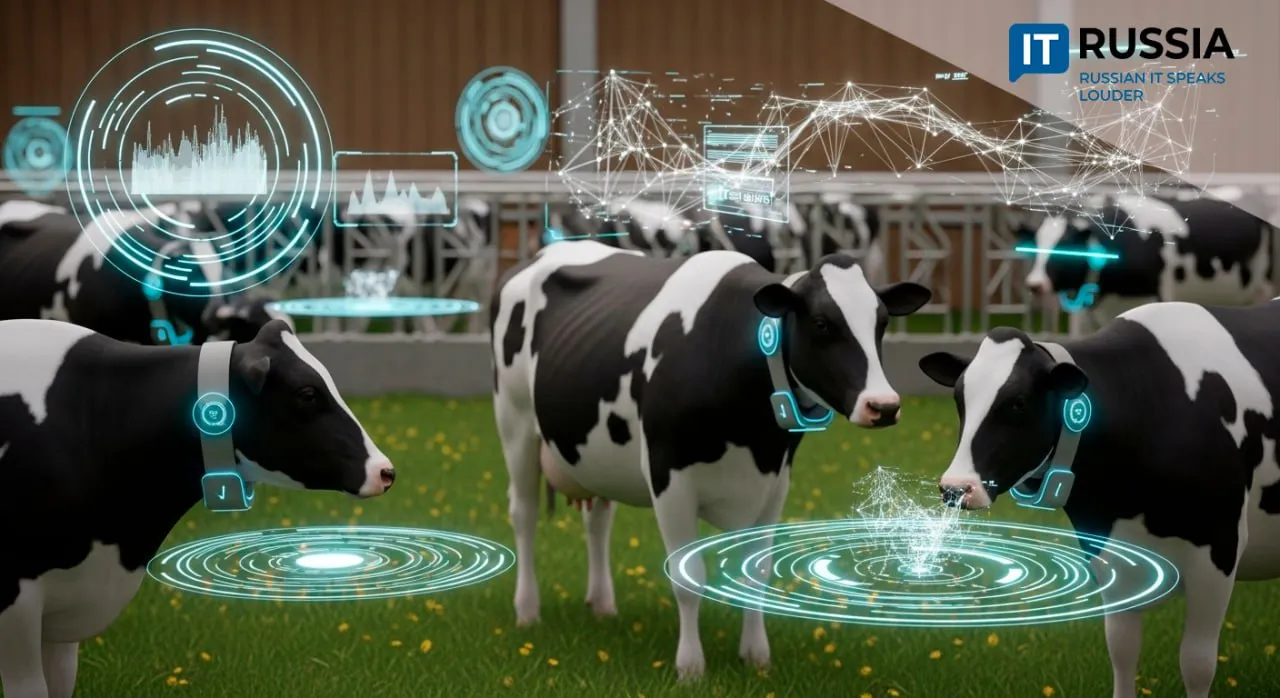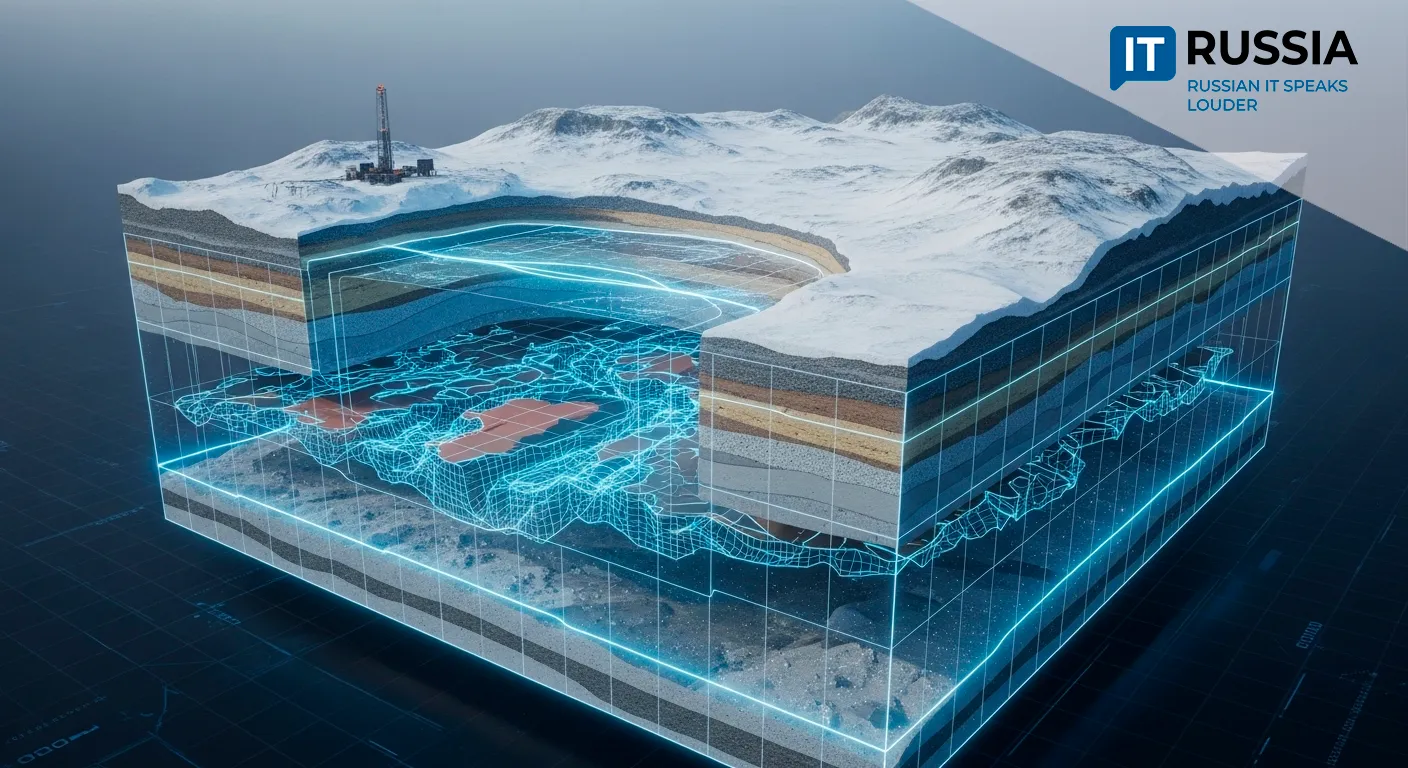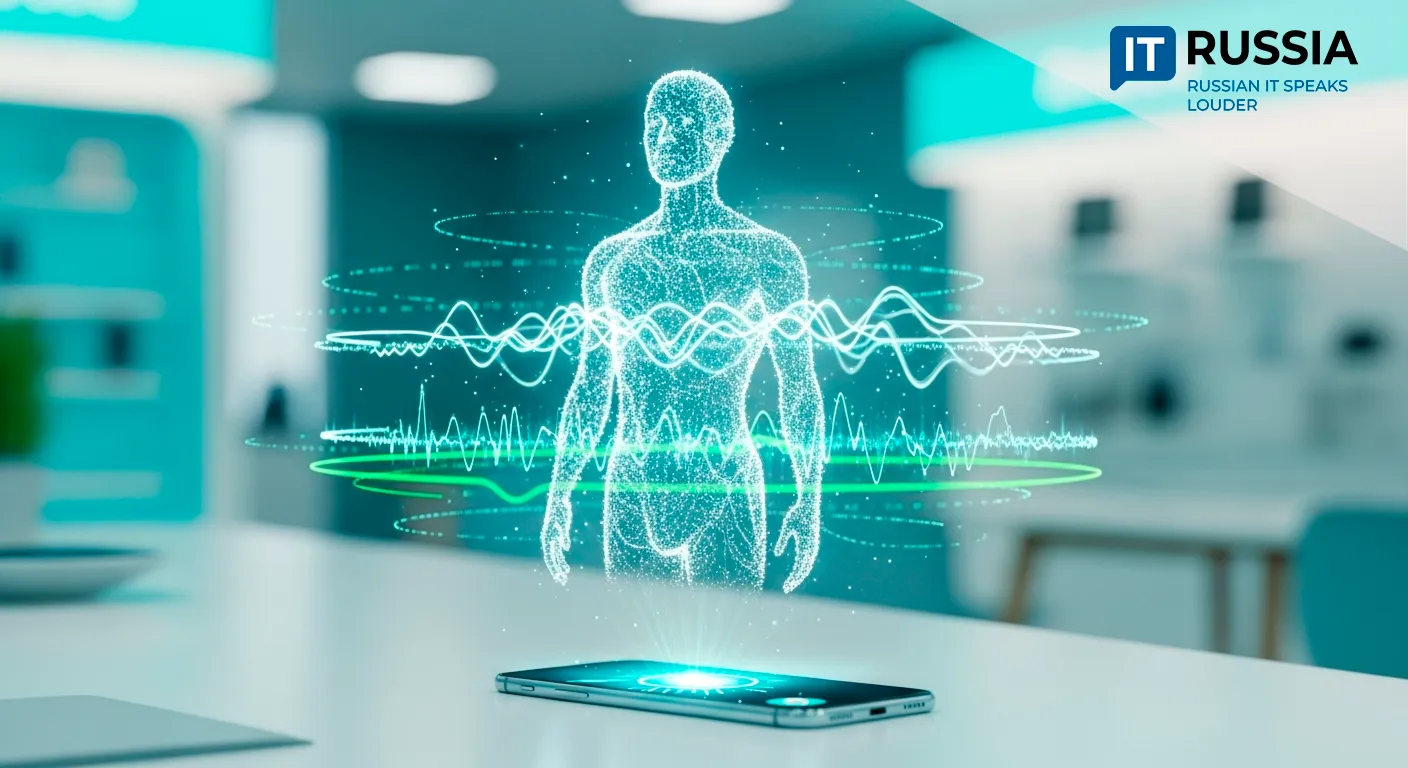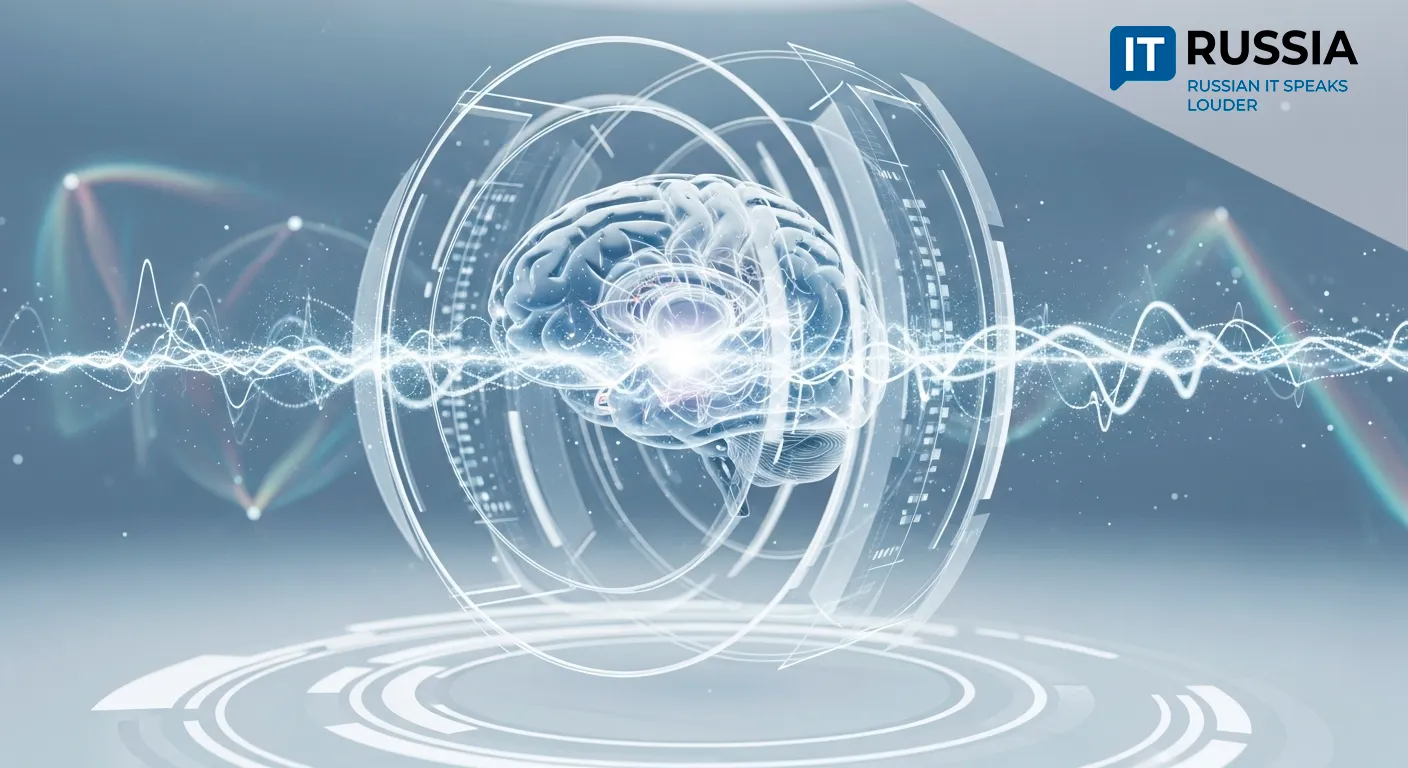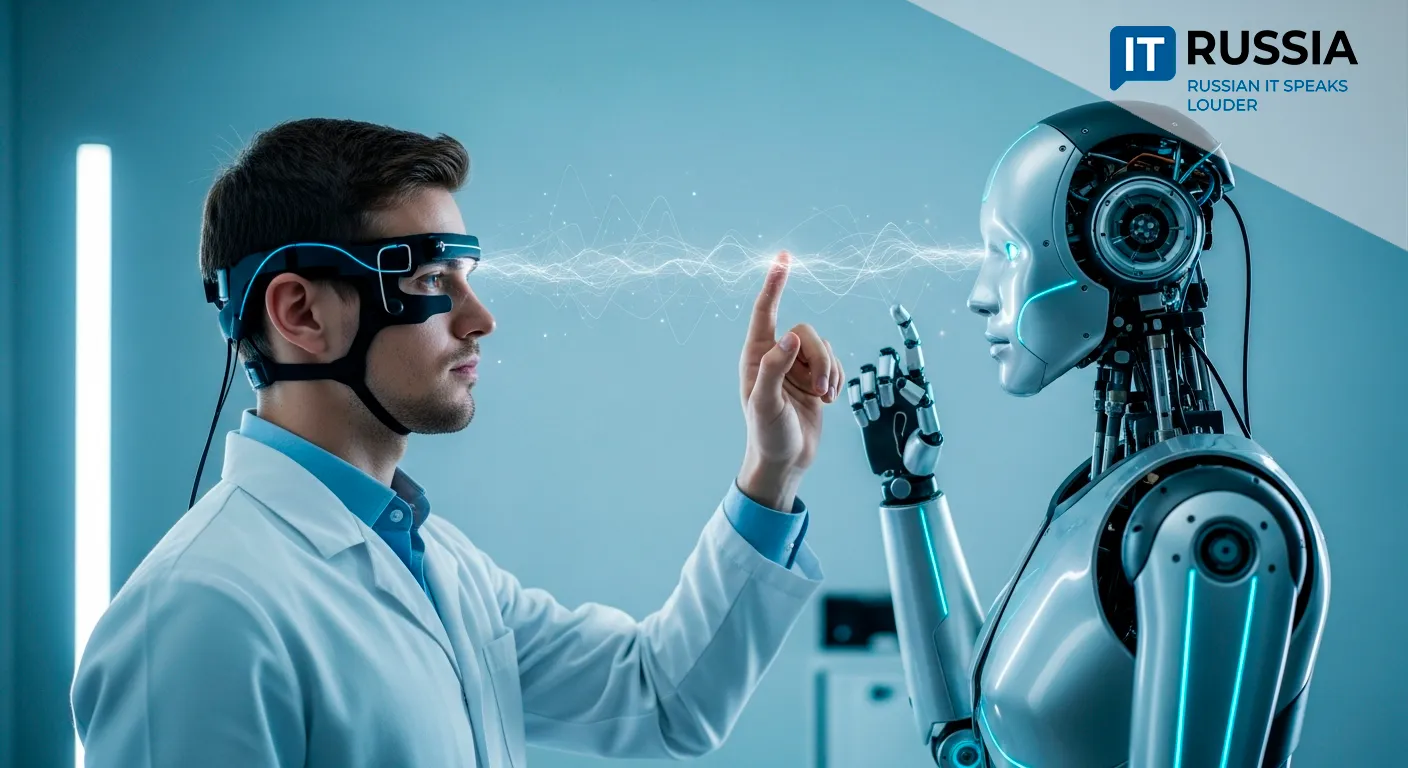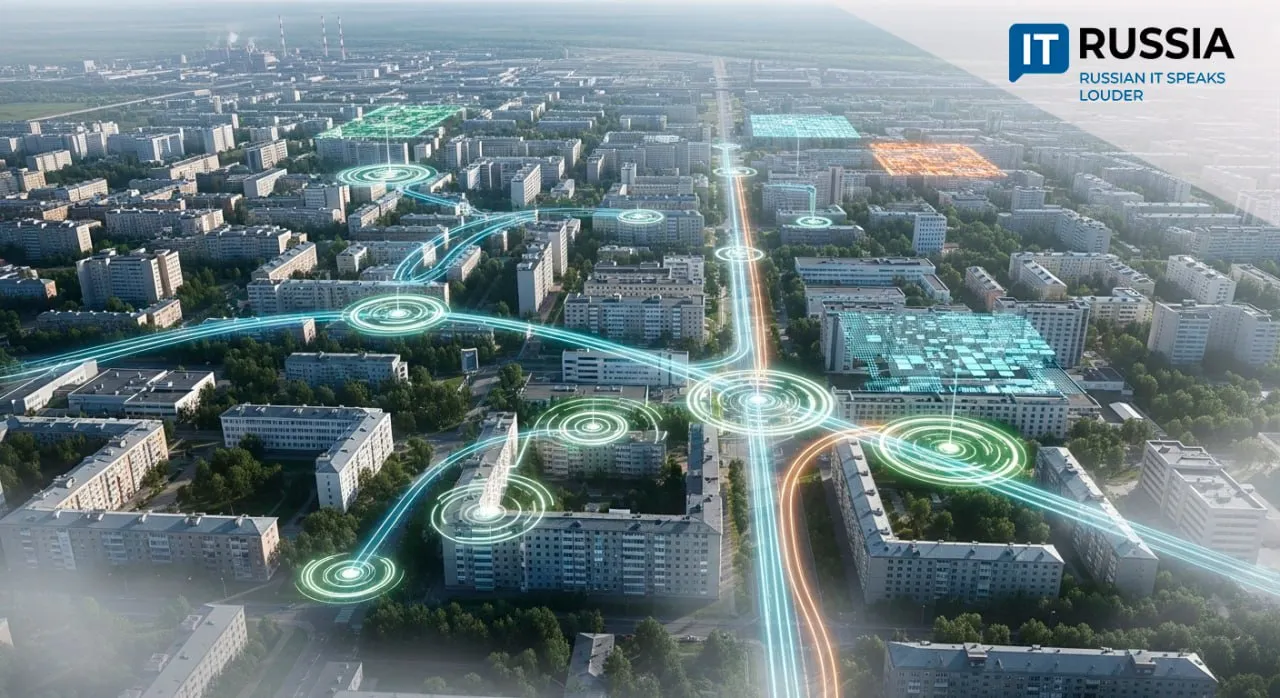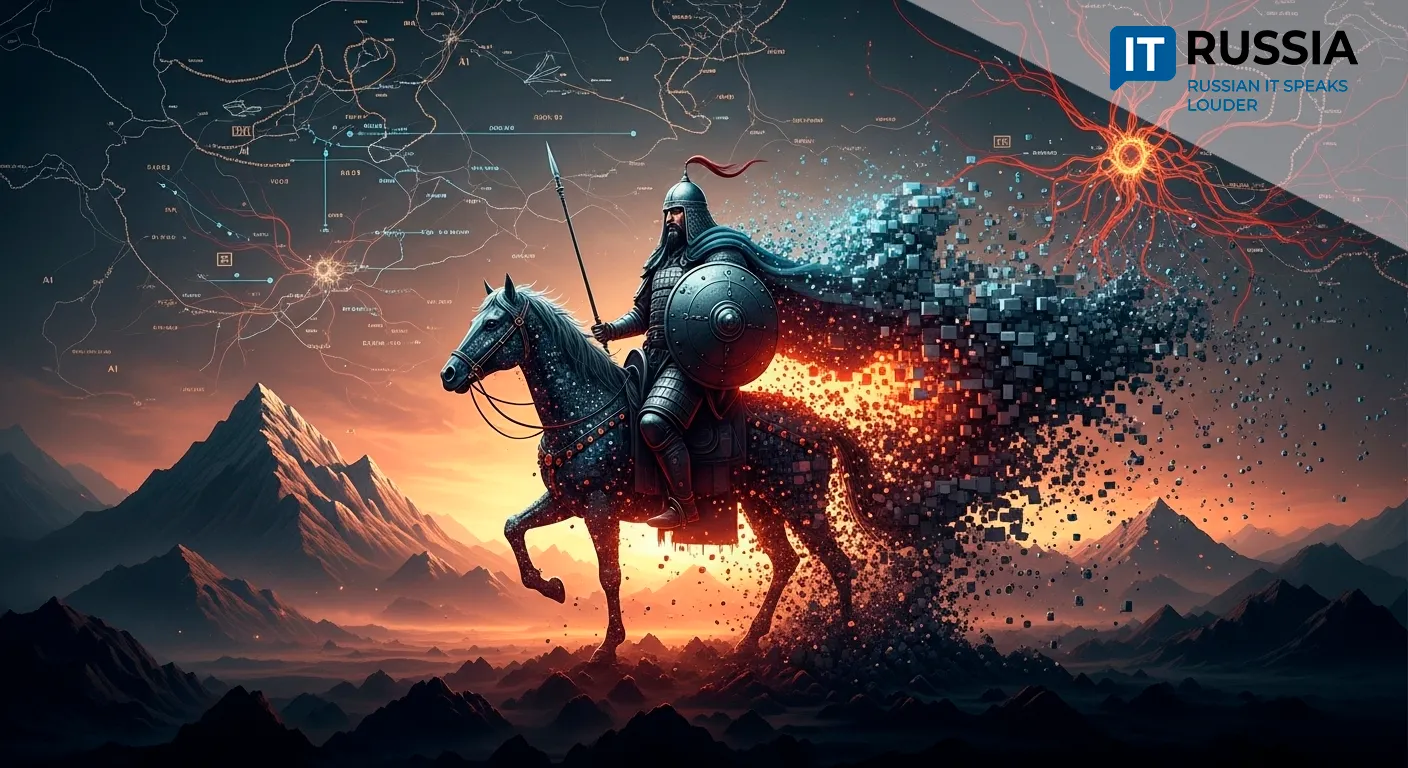Russia Develops Digital Twin to Advance Spent Nuclear Fuel Reprocessing

A new AI-enabled system from Rosatom aims to transform radiochemical operations, reduce risk, and strengthen Russia’s position in the global nuclear fuel cycle market.
Breakthrough Technology for a Closed Fuel Cycle
Rosatom has completed the first stage of development for its new software platform, VIZART-RDM, a digital twin technology designed to simulate the reprocessing of spent nuclear fuel (SNF). Developed as part of the national 'Proryv' (Breakthrough) initiative to build a closed nuclear fuel cycle, VIZART-RDM models every step of SNF reprocessing—from chemical composition to waste output and reaction behavior.
Using artificial intelligence and big data analytics, the system processes massive real-time datasets and replaces manual calculations, reducing analysis time from days to hours. The likelihood of operational errors drops by 40%, while predictive tools offer insights into radiochemical processes and material behavior.

VIZART-RDM integrates with Rosatom’s digital infrastructure, including Atom.Content and monitoring platforms, helping build a unified digital ecosystem for Russia’s nuclear industry.
Export Potential and Domestic Integration
VIZART-RDM has significant international potential. BRICS countries such as China and India—as well as Rosatom partners in Egypt, Turkey, and Bangladesh—have shown interest in the system’s applications for safe SNF reprocessing. The technology is adaptable for both operational and design-stage facilities, including Russia’s own pilot-demonstration complex in Seversk.
Within Russia, the platform may be used at the Siberian Chemical Combine and similar enterprises to optimize SNF workflows and manage radioactive waste. Integration with robotics and AI systems is expected to further automate analysis, reduce human risk, and cut operating costs by 20–30%. Universities like MEPhI are already training a workforce to operate and maintain digital twin environments.
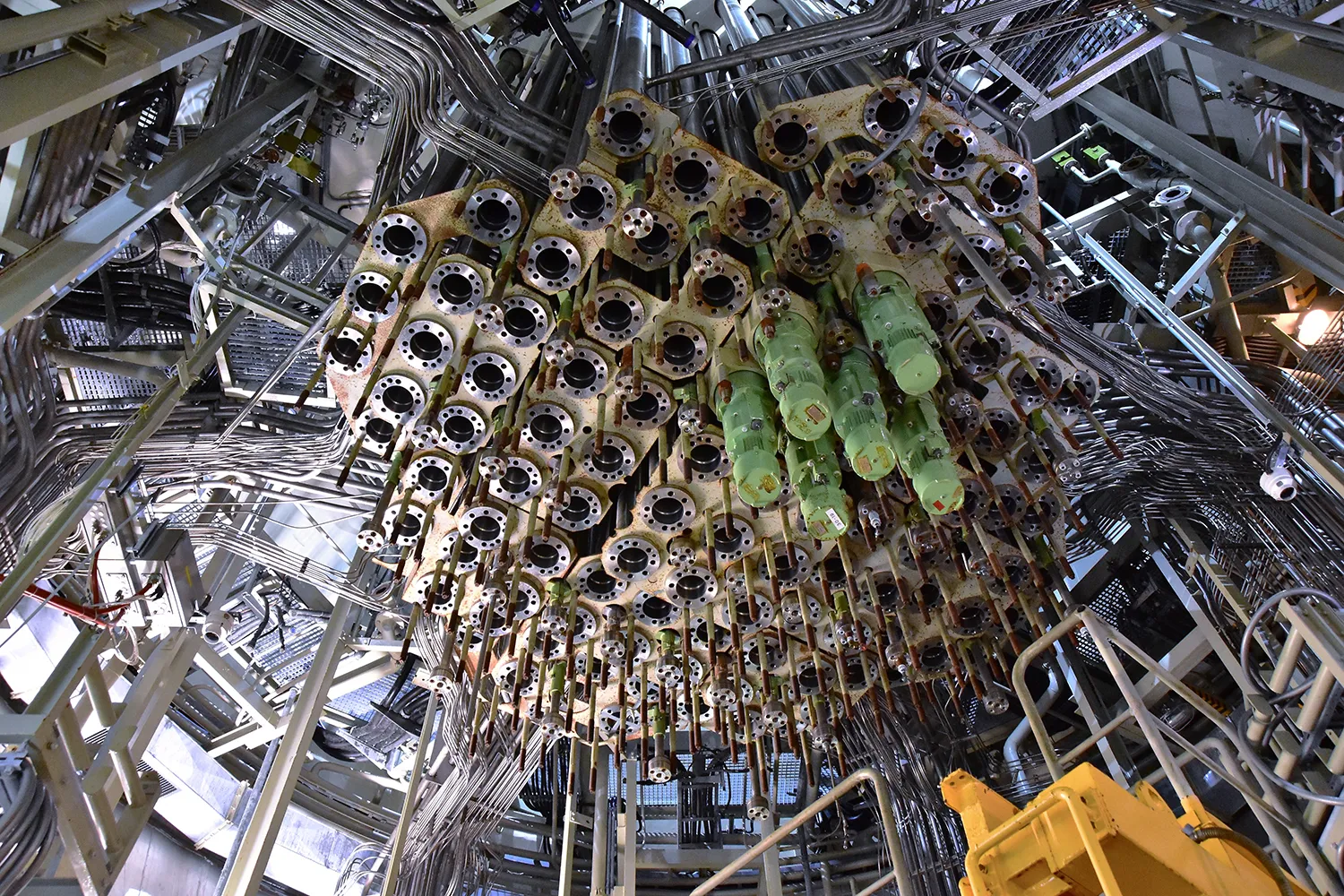
From Digital Modeling to Quantum Simulations
Rosatom’s push into digital began in 2020 with twin models for VVER-1200 reactors. In 2023, pilot AI systems were introduced at nuclear plants, improving operational efficiency by 15%. By 2024, quantum computing solutions were introduced to optimize the nuclear fuel cycle—laying the technical foundation for VIZART-RDM.
While Western firms like Westinghouse and Orano are also developing digital twin technologies, Russia’s approach is differentiated by its focus on closed fuel cycles and fully localized systems.
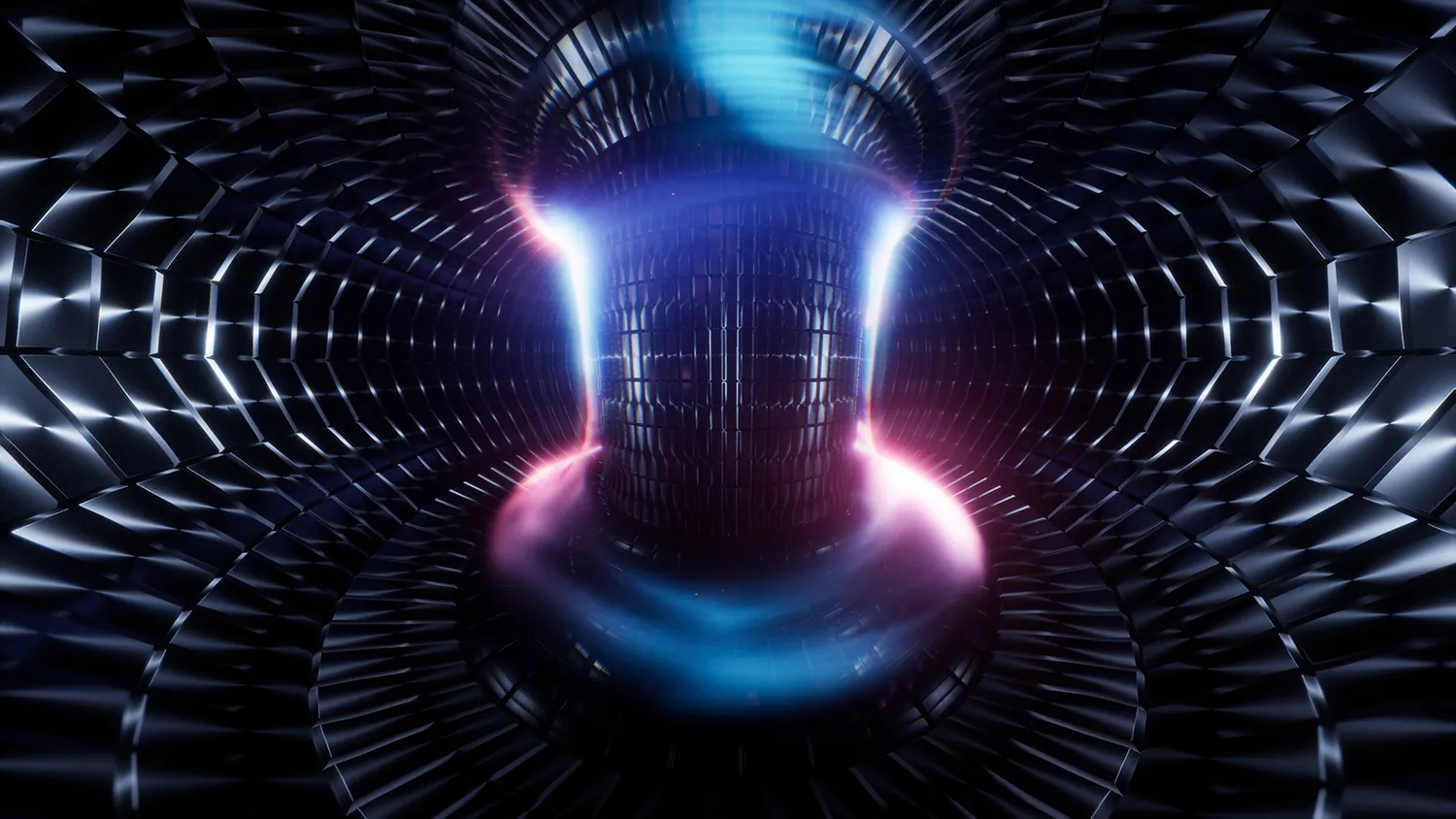
Outlook and Strategic Importance
VIZART-RDM marks a strategic leap in digitizing radiochemical processes. Full deployment across Rosatom facilities is expected by 2027, with export potential strengthening ties across BRICS and Asian markets. At home, the platform is likely to become a new industry standard for SNF reprocessing, boosting safety, sustainability, and performance across the sector.


